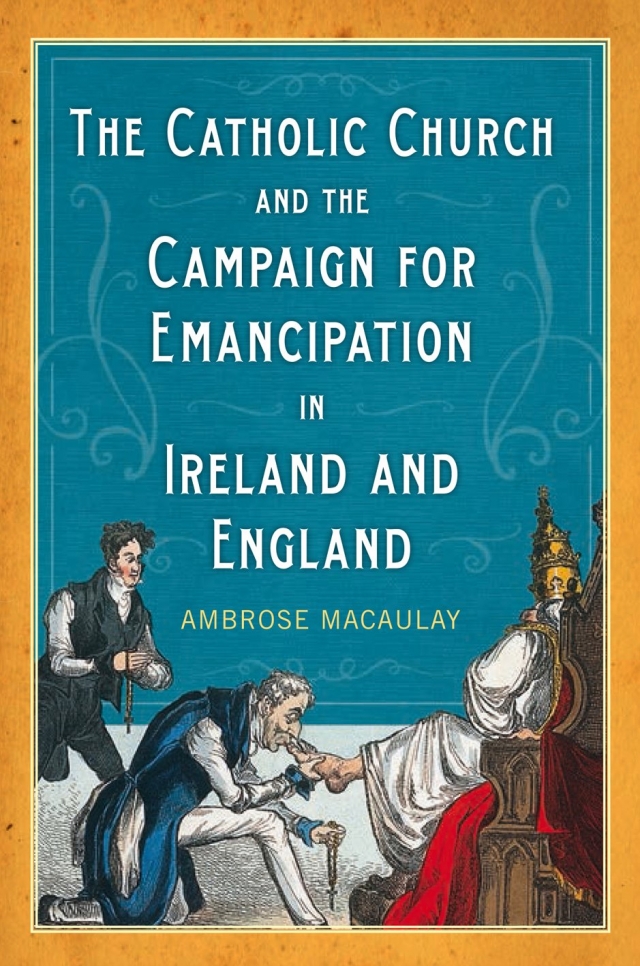The Catholic Church and the Campaign for Catholic Emancipation
Book Review

The Catholic Church and the Campaign for Catholic Emancipation in Ireland and England by Ambrose Macaulay (Four Courts Press, 2016) 416pp., £ 26.74, hard, ISBN 978-1-84682-600-9
Rather like the debate on the European Union…in many respects it was the Brexit of its day…the campaign for Catholic Emancipation divided society into those who supported it and those who opposed it…it was something on which individuals could not be equivocal. The question was whether Roman Catholics (and by extension Dissenters) should have the same civil and legal rights as members of the Church of England or not. In the late eighteenth and early nineteenth centuries when religion really mattered, the question of emancipation raised questions about whether there should be ‘free trade in religion’, whether it was justifiable that the ‘established’ church should have a superior and legally enforceable social, political and cultural status to the other religions. By the 1820s few believed, though many were prepared to use it for propaganda, in the possibility of a ‘Popish plot’ to subvert the British Constitution to the will of Rome. But what was seen as aggressive papal Ultramontanism remained an important source of religious unrest in England…as witnessed the ‘Papal Aggression’ of 1850-1851 and the Murphy riots of the early 1860s…and in Ireland itself, especially in Ulster, ‘Rome Rule’ remains, despite the peace process since 1997, a hidden and on occasions not so hidden fear.
Generally, Emancipation is studied as a creature of the 1820s, something achieved in 1829 through the political mobilisation of Ireland by Daniel O’Connell but it represented the culmination of a less well-known campaign that began in the late eighteenth century. Catholics in Ireland and England campaigning for relief from the Penal Laws, and, later, for Emancipation, had to deal not only with the governments in Dublin and London but also with the Holy See. In return for concessions, they were required to provide ‘securities’ in the form of oaths, including allegiance to King George III and his successors and a rejection of the alleged ‘claims’ of the papacy which could be used to the detriment of the British Crown. The Crown sought the right to veto candidates for the episcopate whom it deemed unsuitable. Both the Holy See and the bishops found some of the elements of these oaths unacceptable. In Ireland and in England differences of opinion emerged between the loyal and conservative aristocrats and gentry, who were keen to take their seats in parliament, and the middle-class activists, who rejected the veto. This important study examines these issues and the complex relationships between the Holy See, the bishops and the Catholic committees and in doing so enhances our understanding of O’Connell’s achievement in 1829.

